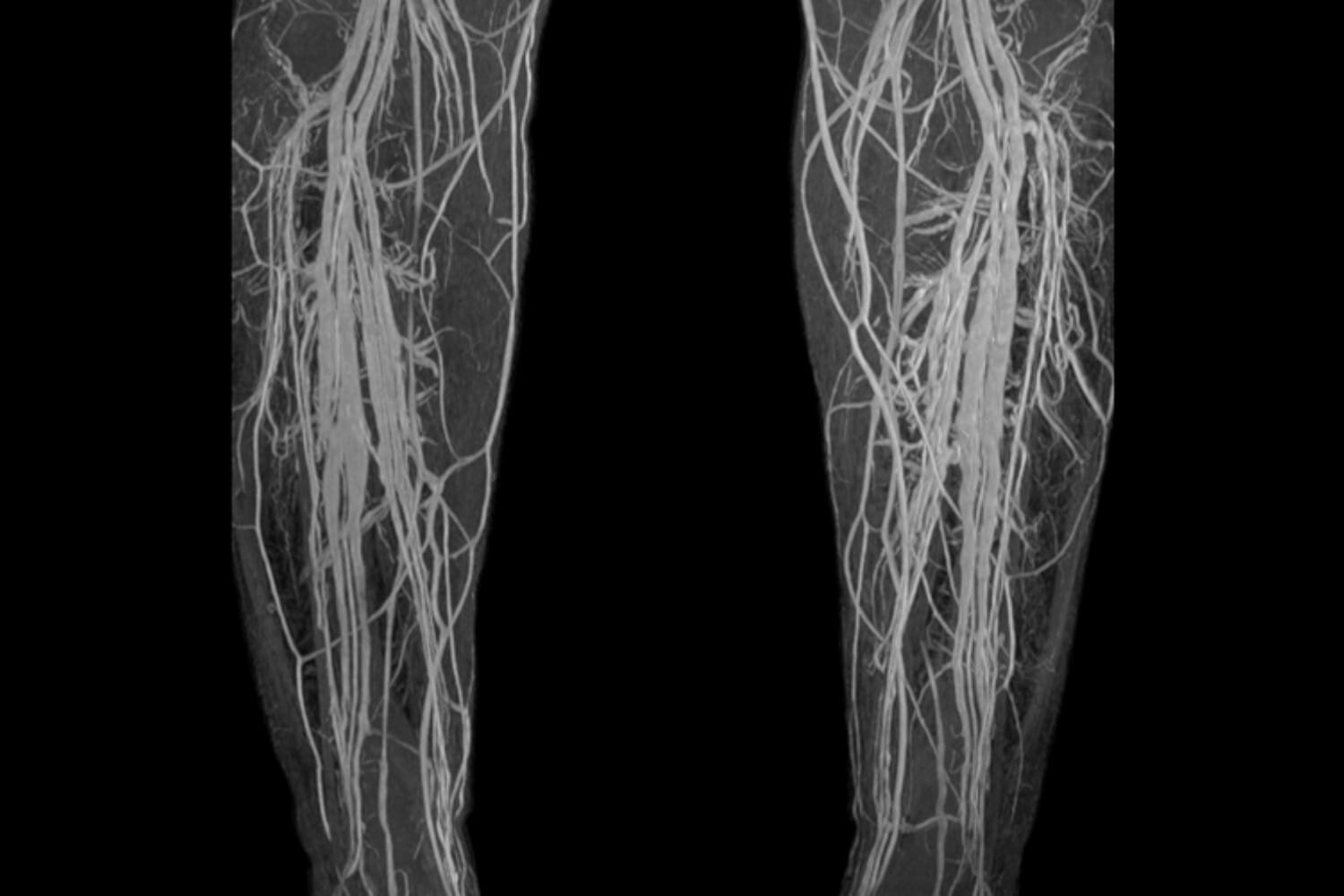What is a lower extremity venogram?
A lower extremity venogram is an imaging test that is used to look at the veins in your legs. This test is also sometimes called a venogram of the lower extremities, a lower extremity venous study, or lower extremity venography.
The test is done by injecting a small amount of contrast material (dye) into a vein in your leg. The contrast material makes the veins easier to see in the images.
In this video, Dr. Leandro Perez shows you what to expect when you have this test.
Why is a lower extremity venogram necessary
This test is done to:
Look for blockages in the veins in your legs.
Find out if there are any problems with how blood is flowing through the veins in your legs.
See if there are any abnormal connections between the veins and arteries in your legs.
Help plan treatment for conditions such as deep vein thrombosis (DVT) or venous insufficiency.
What can you expect during the test?
The test is done either in our center or in the hospital radiology department. It will take about 30 minutes to an hour.
You will lie on your back on an x-ray table. Your leg will be cleaned with soap and water. A local anesthetic (numbing medicine) will be injected into your skin. This will help to numb the area where the contrast material will be injected.
Once you are numb, a thin, flexible tube (catheter) will be inserted into a vein in your leg. The contrast material will be injected through the catheter and into your veins. You may feel a brief throbbing or stinging sensation when the contrast material is injected.
X-ray images will be taken of your legs as the contrast material flows through your veins. You may be asked to change positions during the test so that different angles can be imaged.
After the test, the catheter will be removed from your vein. A bandage will be placed over the injection site.
How to prepare for a lower extremity venogram?
You should not eat or drink anything for 4 hours before the test. You may want to wear loose, comfortable clothing. You may also be asked to remove jewelry, such as earrings and necklaces.
After the procedure
You should drink plenty of fluids for the rest of the day to help flush the contrast material out of your body. You may be asked to wait in the radiology department for a short time so that we can make sure you are not having any problems.
You will be able to go home after the test. We will discuss the results of your test with you.
If you have any questions, please call (239) 300–0586


